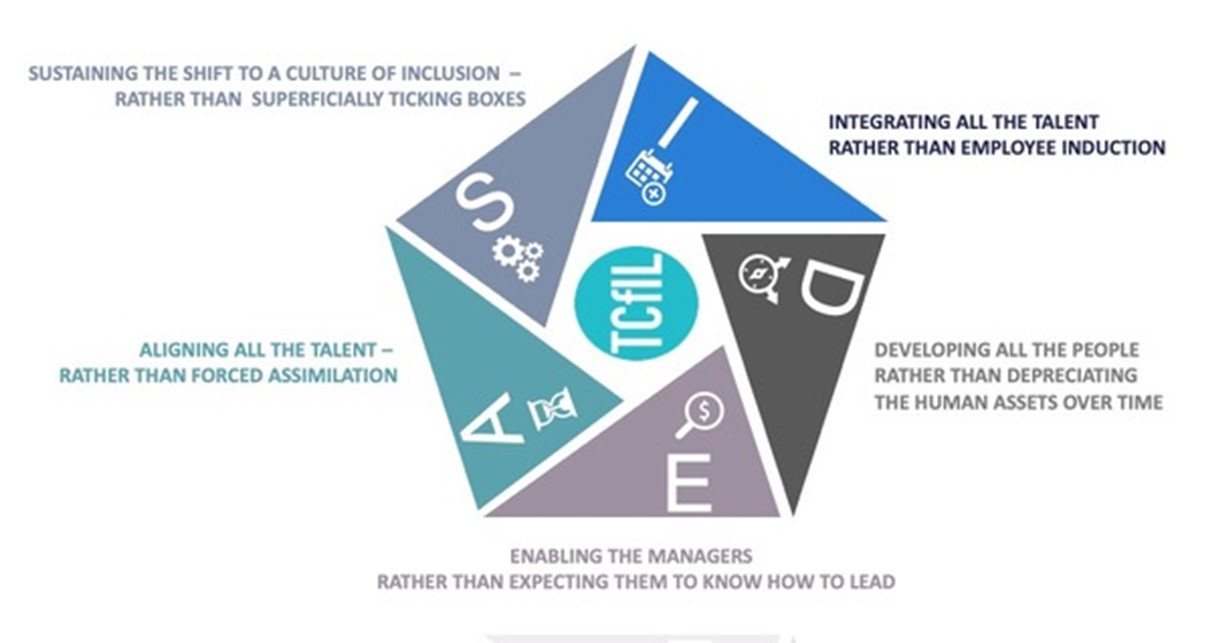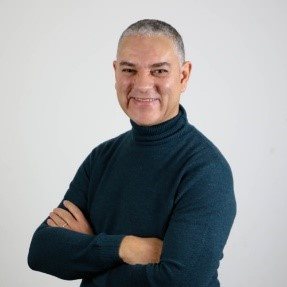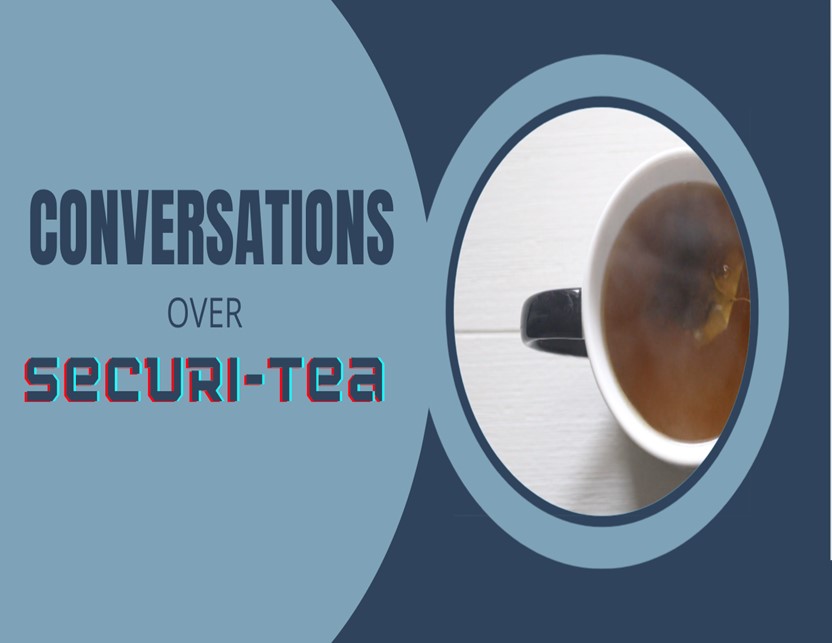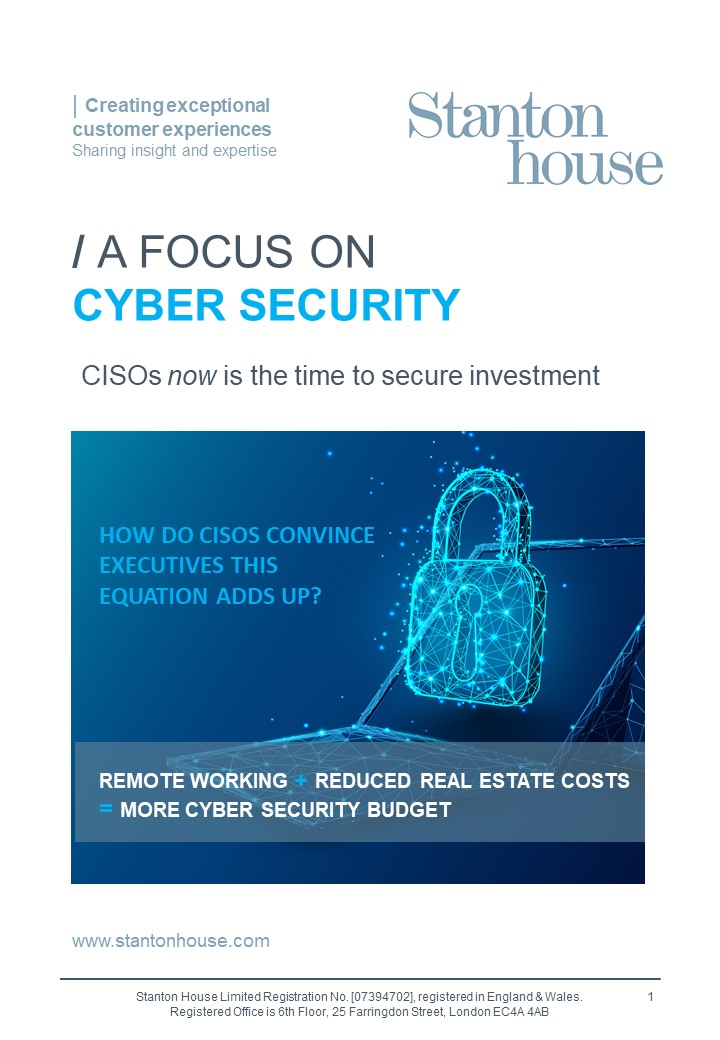

In parts one, two and three of this blog series we brought you expert insight from Paul Anderson-Walsh, Co-Founder of the Centre for Inclusive Leadership, where he explained the I.D.E.A.S © model on being and becoming more inclusive. This framework enables organisations to better understand where they need to focus their efforts if they are to develop and sustain an inclusive environment in which everyone can be their best self and do their best work.
Part one explained the difference and importance of integrating new hires into an organisation rather than inducting them, part two explained the importance of developing employees rather than letting their value depreciate and part three looked at enabling managers rather than expecting them to know how to lead. This week he looks at how to align talent rather than forcing people to assimilate.


Aligning your talent, rather than forcing them to assimilate
One of the primary reasons that organisations, even those who really value diversity, don’t get value from diversity is that their culture is designed to assimilate people rather than align them. When people are assimilated they lose their essential identity. Their difference is homogenised. Over time the uniqueness of the individual (which goes way beyond their ethnic and gender identification differences) is lost as people ruthlessly edit themselves to adapt to the new culture. Where there is a dominant prevailing culture, assimilation, a one-way process, is the order of the day. The newbie adopts the majority culture and when fully adapted he or she becomes virtually indistinguishable from the dominant group.
Quite apart from the tragic loss of individuality, assimilation creates the perfect conditions for groupthink to flourish. When that occurs all hope of creativity is lost as individual thought bows the knee to the most powerful person in the room as people set aside their own personal beliefs or adopt the opinion of the rest of the group. Would-be detractors remain silent rather than disrupt the uniformity of the crowd.
Aligning the talent to the organisation, and the organisation to the talent is an important building block of an inclusive organisation. Whilst it is vitally important, it isn’t easy. Alignment requires a high level of commitment to generating value from diversity as well as a willingness to flex and be supple in order to get that value.
We often talk about aligning our talent to the organisation but we don’t so readily think about how the organisation could benefit from aligning itself to its talent. Consider for a moment how the English language, once a minor Germanic dialect has raised to the position it enjoys today as a, if not the, global language. How was that achieved? Well one reason, among many, is that it is a language that allows it to be infiltrated by other tongues and cultures (popular culture included). It embraces new words and consequently has an ever-expanding, ever-relevant vocabulary.
The inclusion-savvy organisation knows only too well the value of “clean-eyes.” The management commentator Peter Drucker once remarked that ‘ignorance is the most important component for helping others to solve any problem in any industry.” And so, it is. Yet so keen are we to get people to see the world through the lens of our corporate spectacles that we miss the opportunity to see what they see, with clean eyes.
Organisations where the talent is aligned to the organisation and the organisation is aligned to the talent, produce a very coherent signal to their customers.
Top tips for aligning your talent
1. Think fitting together and not fitting in
2. Remember that it is about all of them not some of them
3. Value difference
4. Don't allow any disconnect between beliefs (values) and behaviour
5. Foster an environment where people feel comfortable reaching out to their colleagues to gain greater awareness of each other's experiences and perspectives.
For information about the Centre for Inclusive Leadership’s Inclusive Leadership Programmes, please get in touch. Look out for my final blog in this series where I explain the last element of the I.D.E.A.S.© model ‘sustaining’.
Share your insights
We’d love to hear from leaders on how you are adapting, implementing and assessing your workforce engagement and inclusion strategies as a result of the Covid-19 crisis. Please get in touch to share your insights.
Similar blogs




